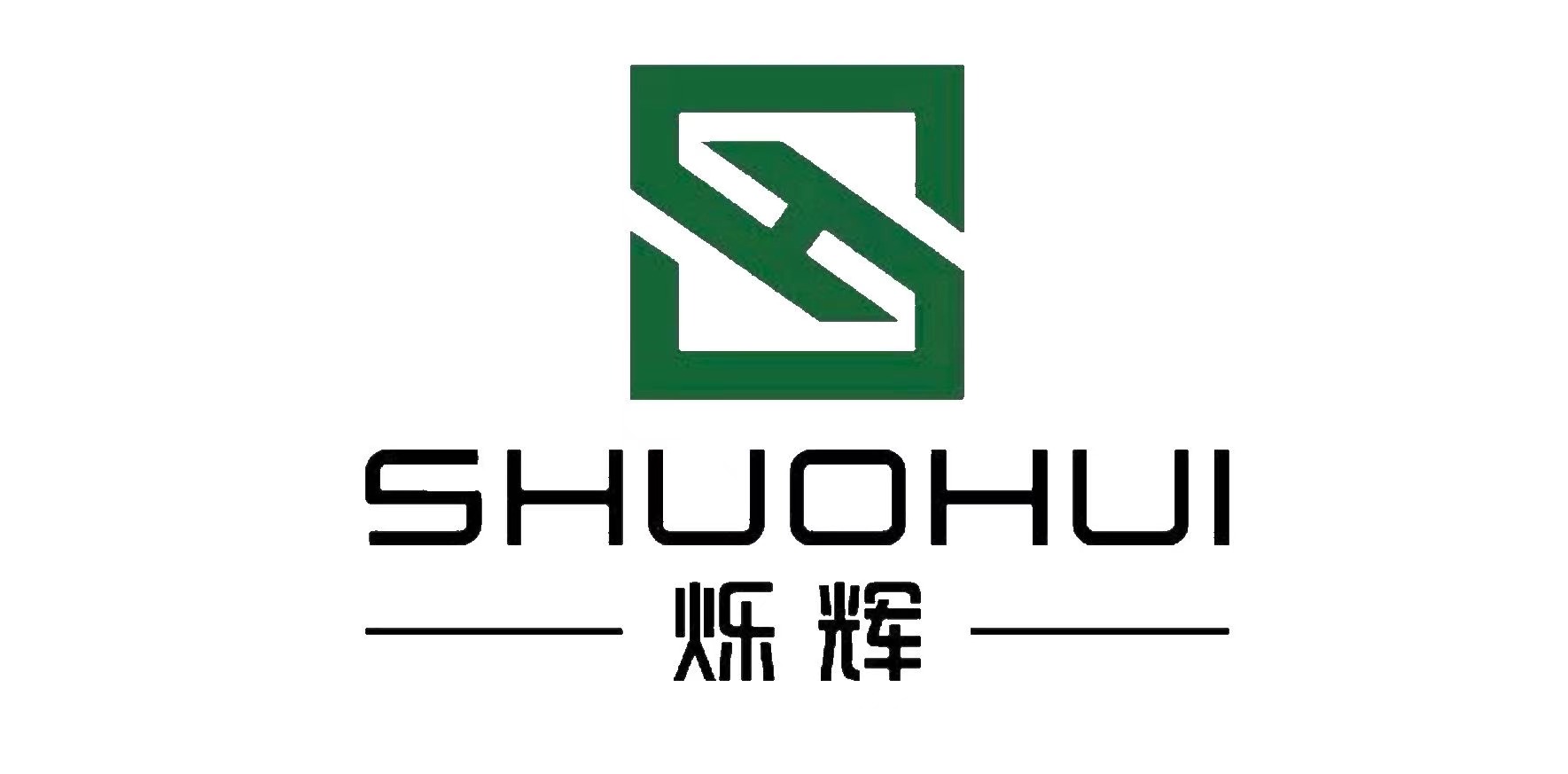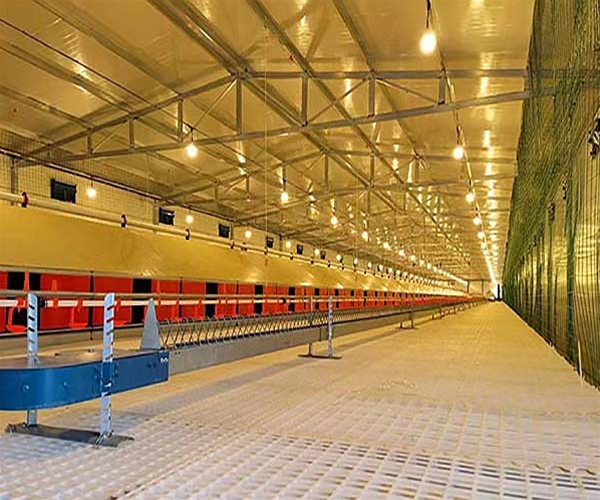With the continuous development of modern agriculture, automation systems have become crucial for improving efficiency, reducing costs, and ensuring chicken health. In regions like Xinjiang, with extreme weather, traditional poultry farming methods are no longer sufficient. A large poultry farm in Xinjiang faced challenges such as low productivity, high labor costs, and environmental control issues. To address these, they introduced a five-column, four-tier automatic chicken cage system. This system significantly improved production efficiency and economic returns. In this article, we will detail how the farm successfully managed 50,000 hens using this system.
Client Background: Large Poultry Farm in Xinjiang Choose Chicken Cage
This poultry farm, located in Changji Hui Autonomous Prefecture, Xinjiang.Initially, the farm used traditional manual feeding, watering, and cleaning methods. As the farm expanded, issues like low productivity, high labor costs, and poor environmental control became evident. Xinjiang’s extreme climate posed additional challenges, making temperature and humidity control difficult. To overcome these problems, the farm decided to upgrade its facilities and introduce a five-column, four-tier automatic chicken cage system. This upgrade addressed labor-intensive tasks, enhanced efficiency, and improved hen health.
Solution: The Five-Column, Four-Tier Automatic Chicken Cage System
The farm partnered with a professional poultry equipment supplier to implement a fully automated system. The five-column, four-tier design efficiently utilizes space, increasing hen capacity in the same area. Key features of the system include:
- Five-Column, Four-Tier Design for Space Efficiency
The system’s compact design maximizes space, allowing for more hens in the same area. This system increased the farm’s hen capacity by over 60%, from 30,000 to 50,000 hens. - Automated Feeding System
The automatic feeding system uses sensors to deliver precise amounts of feed to each hen. This system ensures optimal nutrition and reduces feed waste. - Automated Drinking System
The drinking system automatically regulates water flow, ensuring hens always have access to clean water. This reduces water waste and ensures proper hydration. - Automatic Manure Removal System
The system regularly removes manure from the cages, keeping the environment clean and reducing labor costs. It also helps maintain air quality and reduce disease risks. - Intelligent Temperature and Humidity Control
The system automatically adjusts temperature and humidity based on real-time data. This ensures a comfortable environment for hens, especially during extreme weather conditions. - Real-Time Monitoring and Data Analytics
The monitoring system tracks key data, such as growth rates, feed consumption, and water intake. This data helps optimize farm management and improve productivity.
Implementation Results: Transforming the Farm with 50,000 Hens
The introduction of the five-column, four-tier chicken cage system brought significant improvements to the farm’s operations:
- 20% Increase in Egg Production
The automatic feeding and drinking systems boosted hen productivity. The egg production per hen increased from 320 to 380 eggs per year. - Improved Space Utilization and Hen Density
The five-column, four-tier design allowed for better use of available space. This increased hen capacity by 60%, from 30,000 to 50,000 hens. - 50% Reduction in Labor Costs
Automation greatly reduced the need for manual labor, especially for feeding, watering, and cleaning. Labor costs were cut by 50%. - Improved Hen Health
The automated system ensured optimal environmental conditions, leading to healthier hens. Disease rates decreased by 40%, and vaccination costs were reduced. - Optimized Feed and Water Use
The precise control of feed and water reduced waste. Feed waste decreased by 15%, and water consumption was reduced by 12%.
Conclusion: The System on Xinjiang’s Poultry Farming
By adopting the five-column, four-tier automatic chicken cage system, the farm solved issues related to space, labor, and environmental control. The system improved hen health, increased egg production, and significantly reduced costs. This transformation enabled the farm to meet the demands of large-scale poultry farming while maintaining high standards of animal welfare.
The system’s efficiency and scalability offer great potential for poultry farms in Xinjiang and beyond. With continued advances in agricultural technology, more farms will benefit from automation and modern poultry farming practices. This case demonstrates how automation can revolutionize poultry farming, ensuring sustainable and profitable operation

